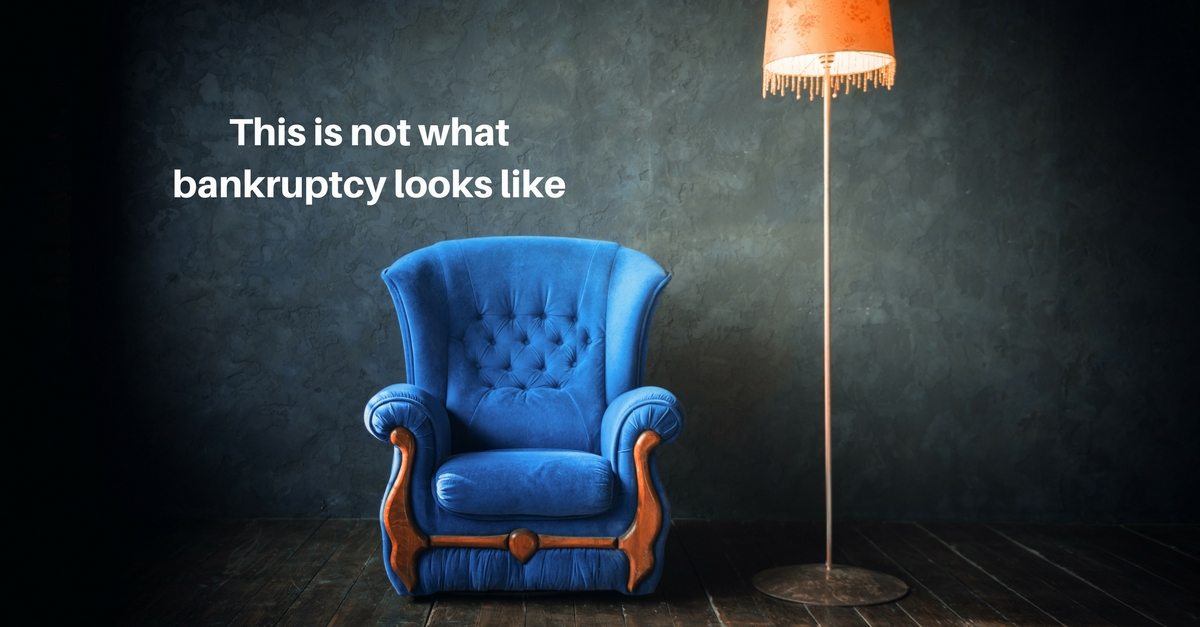
Worried about losing everything if you file for bankruptcy in Ontario? You’re not alone. Many people fear that bankruptcy means surrendering all their assets. In reality, Ontario’s “bankruptcy exemptions” protect certain essentials. Understanding what assets you can keep in bankruptcy can give you peace of mind as you explore debt relief options.
Below, we’ll cover:
- Ontario bankruptcy exemptions at a glance
- What happens to your house, car, and RRSP
- Frequently asked questions (e.g., “Will they take my tax refund?”)
- How a consumer proposal lets you keep everything
Table of Contents
Quick Facts: Ontario Bankruptcy Exemptions
In Ontario, provincial law (the Execution Act) sets specific limits for what you can keep in a bankruptcy. Federal law also protects certain assets like portions of RRSPs. Here’s an at-a-glance list of major Ontario bankruptcy exemptions:
- Clothing – Unlimited value (for you and your dependants)
- Household Furnishings & Appliances – Up to $14,180
- Tools of the Trade – Up to $14,405
- One Motor Vehicle – Up to $7,117 in value (net of any loan)
- Home Equity – If that equity is under $10,783
- RRSP / RRIF – Fully exempt except contributions made in the last 12 months
Note: The prescribed limits set out by Ontario law are based on resale value on an as-is basis.
What Assets Can They Take in Bankruptcy?
Even though personal bankruptcy is governed by federal law (the Bankruptcy and Insolvency Act), the type and amount of property you can keep is heavily influenced by Ontario’s exemptions. Non-exempt assets (anything above these limits or not specifically protected) become part of your bankruptcy estate. Your Licensed Insolvency Trustee (LIT) may sell those assets or ask you to “buy back” the portion above the exemption limit if you want to keep them.
Examples of Potentially Non-Exempt Items
- Extra Vehicles or vehicles worth more than $7,117
- High-Value Collections (coins, art, jewelry)
- TFSAs, RESPs, and Other Investments that aren’t protected
- Second Property or principal residence with equity exceeding $10,783
If you have assets above these exemptions, you can still keep them by paying the difference into your bankruptcy estate, or by filing a consumer proposal.
Will I Lose My House?
This is often the #1 concern if you’re a homeowner. Ontario’s home equity exemption is $10,783. That means if your equity (home value minus what you owe) is less than $10,783, your home is considered exempt.
If you have a lot of home equity you don’t want to risk you can:
- pay the difference or “buy back” the non-exempt portion to keep the home
- look at a consumer proposal to protect your property altogether
If you are missing mortgage payments your lender may still foreclose, so it’s essential to stay current on your mortgage.
What Happens to My Car?
In Ontario, you can keep one vehicle worth up to $7,117 (based on its as-is resale value).
- If it’s worth more, you can pay the difference or surrender the car to the trustee.
- Leased or financed vehicles are treated differently. If you’re current on payments, you can typically keep the lease or loan.
What Happens to My RRSP in a Bankruptcy?
You keep all registered pension p RRSP, RRIF and DPSP (Deferred Profit Sharing Plan) savings except contributions made in the 12 months before your bankruptcy. RESP, TFSA and other investment savings are not exempt. Read more about this asset in our post: RRSP and bankruptcy law in Canada
Other Common Questions
Keep Everything with a Consumer Proposal
If you have assets above Ontario’s bankruptcy exemptions or simply want to avoid surrendering anything, a consumer proposal is a powerful alternative to bankruptcy. Here’s why:
- No Asset Surrender: You keep your home, car(s), investments—everything.
- Lower Debt Repayment: You repay only a portion of your total debt, often interest-free.
- Creditors Vote: If majority agree, all unsecured creditors are bound by the proposal.
- No Surplus Income: You don’t worry about monthly income thresholds.
Proposals are legally binding, stop collection calls, and can protect your assets in a way bankruptcy may not.
Talk to a Licensed Insolvency Trustee
Every situation is different, and it’s crucial to get personalized advice. A Licensed Insolvency Trustee will review your assets, explain exactly what’s exempt, and recommend solutions based on your unique financial situation —whether that’s bankruptcy or a consumer proposal.
Ready to get started?
At Hoyes Michalos, we help Canadians find genuine relief from debt since 1999. If you have questions about bankruptcy, consumer proposals, or other debt relief options, speak with one of our experienced Licensed Insolvency Trustees so you can make an informed decision.
Take control of your finances and start fresh
Similar Posts:
- Bankruptcy Exemptions in Canada: Exempt vs. Non-Exempt Assets
- What Does it Cost to File for Bankruptcy in Ontario?
- Ontario Bankruptcy Exemption Law Changes Protect Home Equity
- Can a Medical Doctor in Canada File for Bankruptcy and Still Practice Medicine?
- Realization and Distribution of Assets in a Bankruptcy





